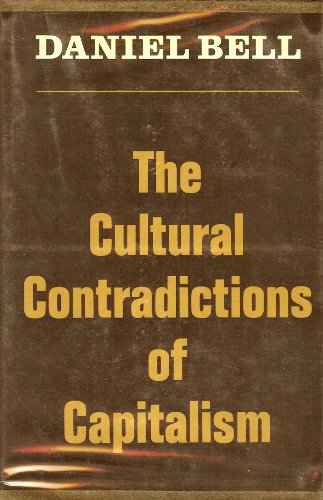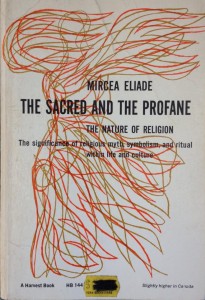Eggshells by Caitriona Lally. 256 pages.
due to be published in February, 2017. I read an e-galley of this book.
Vivian doesn't feel like she fits in - and never has. Apparently, she was odd enough as a child that her parents told her she was "left by fairies," and now, living alone in Dublin, people tend to treat her like she's crazy. Friendless, she puts up an ad for a friend, specifically a friend named Penelope. In the meantime, Vivian wanders the city, mapping out a new area or neighborhood every day, seeking an escape to a better world, where there are fairies and where she will fit in. When a woman named Penelope answers her ad, Vivian's life starts to change.
"Debut author Caitriona Lally offers readers an exhilaratingly fresh take on the Irish love for lyricism, humor, and inventive wordplay in a book that is, in itself, deeply charming, and deeply moving."
This bit is from Goodreads.
This is the strangest book I have ever read. Considering how many books I have read, that's saying something. It's not that I didn't like the book; in fact, I found myself laughing out a loud a few times. However, there are parts of this story that are a little disturbing. That bit about how Vivian's parents told her she was left by fairies? That means they thought she was a
changeling, and if you know anything about changelings, you know that humans think they are dangerous. Vivian reveals something late in the story that ties directly into this. However, there is a hint early on: "I unfold the map. spread it on a patch of carpet and write in my notebook the names of places that contain fairytales and magic and portals to another world, a world my parents believed I came from and tried to send me back to, a world they never found but I will." (p 6)
Reading this book is like reading a book written by
Delirium, the Dream King's sister. If you don't know who I'm talking about, try this: you know how, when you were a child, you'd spin around and around, making yourself dizzy, and then stop suddenly and feel that the world was tilting and spinning around you? That's what this book is like.
The narrative of this book wanders from one thing to the next, all with bits of connectivity to Vivian's desire to find herself entry into another world. She is constantly on the lookout for doors to another place, or evidence of fairies. Things make total sense to her, although to the people around her, she's a bit odd. Actually, I revise that; she is odd and disturbing. When Vivian speaks to other people, she has a tendency to ask questions that other people find strange, and as a result, people keep her at arms-length. However, at the same time, I found her character to be kind of charming. I like how she makes lists of things she likes, or words she likes. She has an unusual way of using language, and sometimes makes up words to suit her, or the situation.
Here's an example:
"I continue with my list: 'Donkey's Tufty Heads, Marshmallowed Silences, Butter Lumps, Elephants, Sooz in Winter, Pencils that Write Sootily, The NAme ALoysius, Anything Egg-Shaped, Mothes that Think They Are Butterflies....' " (p 20)
"I don't mind mice walking around my house - or maybe they think it's their house but I don't want to catch potential bubonic plague and have my own private Black Death." (p 78)
I was frustrated by the ending of this book because I felt like I had been on a long, dizzying ride, and then finished, looked around me, and realized I hadn't gone anywhere at all. However, I can't get this story out of my head, so perhaps it's the journey that's important, and not where you end up.

























